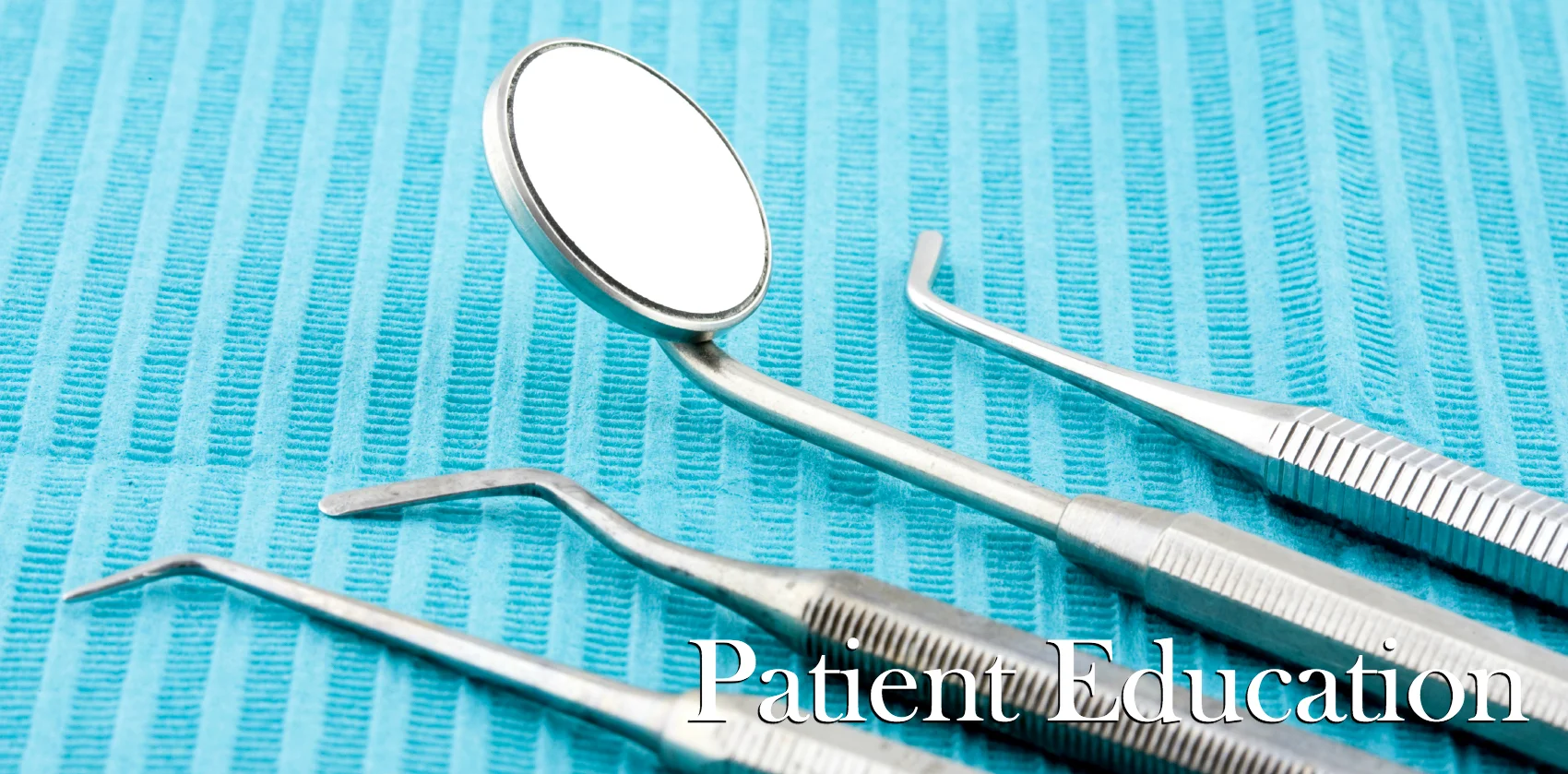If you've had a dental filling placed recently, chances are you had to get numb before the procedure began. Local anesthetics, like lidocaine and septocaine, make modern dentistry relatively painless and easy for the patient. However, there is a chance you got to skip the shot for your most recent filling. Why didn't you need to get numb? Was there really a cavity there? Read on to find out.
Inside of every tooth is a nerve chamber that transmits sensations of pain, cold and vibration to the brain. This, coupled with the pressure sensors in the tooth ligament, give you input on the current status (and any potential harm) of the tooth. The sensation of pain is largely dependent on input from cells called odontoblasts relaying information to the dental nerve. Odontoblasts live within the inner dentin layer of the teeth, with long arms that extend to the interface between the dentin and enamel. Enamel, by contrast, is 95% mineral and contains no cells. If your filling is limited to enamel, there is no biological mechanism to transmit pain directly to the tooth nerve. Thus, there is no absolute need to numb the tooth for these procedures.
We perform fillings on shallow areas of decayed enamel to prevent them from getting deeper. Once the bacteria pass from enamel to dentin, their growth spreads exponentially due to the higher concentration of organic matter. If we can remove and stop the decay while it is limited to enamel, there is no need for anesthesia and a much lower risk of post-operative complications.
Other reasons for not needing injections during fillings include working on teeth with root canals or dead nerve tissue. Without a living nerve to transmit pain information, the is usually little benefit from providing the anesthesia. If you would like to know more about dental filings, how they are performed and why we place them, please give our office a call!


